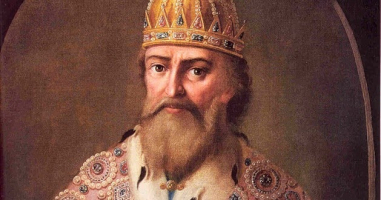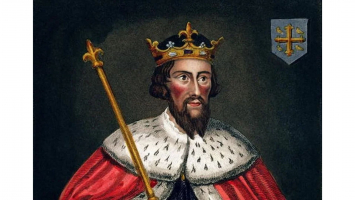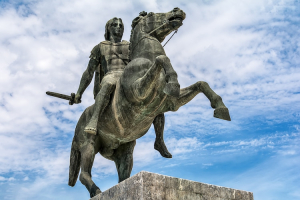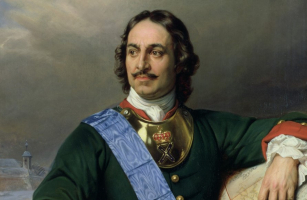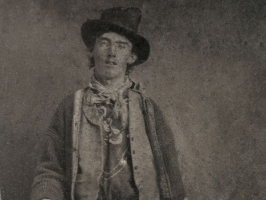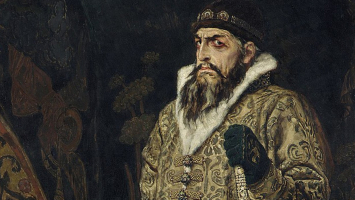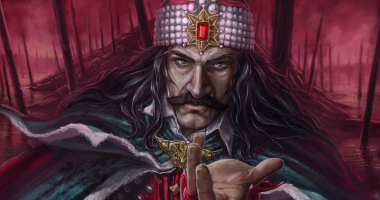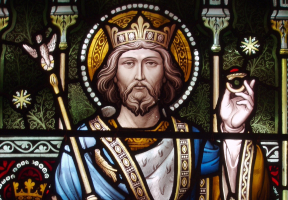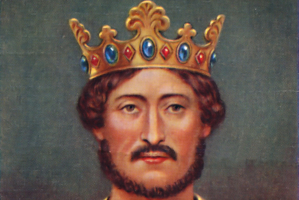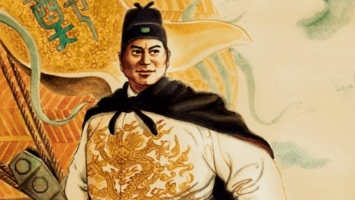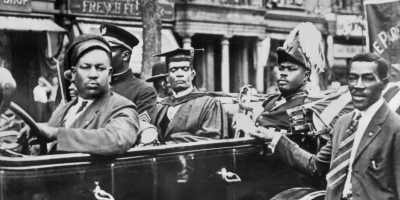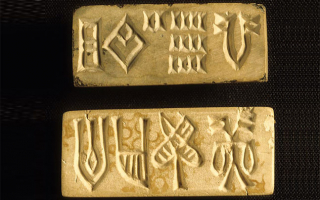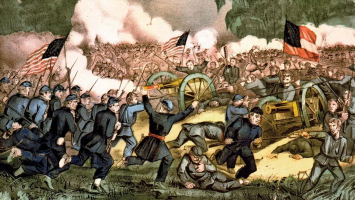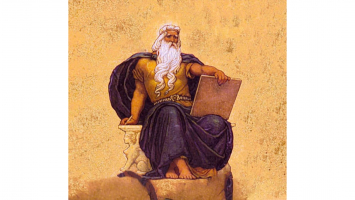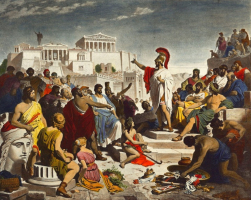Top 6 Interesting Facts about Catherine the Great
Catherine was most commonly known as Catherine the Great, was Empress of Russia from 1762 until 1796, the country's last empress regnant and longest-ruling ... read more...female leader. She came to power following the overthrow of her husband and second cousin, Peter III. Under her long reign, inspired by the ideas of the Enlightenment, Russia experienced a renaissance of culture and sciences, many new cities, universities and theaters were founded, a large number of European immigrants moved to Russia, and Russia was recognized as one of the great powers of Europe. Though she was one of the most enlightened women in the world, behind closed doors was a very different story. Learn more about one of history’s most ruthless empresses and find some interesting facts about Catherine.
-
The woman whom history would remember as Catherine the Great, Russia’s longest-ruling female leader whose real name was Sophie Friederike Auguste von Anhalt-Zerbst-Dornburg. She was actually the eldest daughter of an impoverished Prussian prince. Born in 1729, Sophie von Anhalt-Zerbst enjoyed numerous marital prospects due to her mother’s well-regarded bloodlines.
With her ministers she reorganized the administration and law of the Russian Empire and expanded Russian territory, adding Crimea and much of Poland. But great women aren’t born, they’re made…and Catherine quickly showed how far she’d go for power. At age 14 she was chosen to be the wife of Karl Ulrich, duke of Holstein-Gottorp, grandson of Peter the Great and heir to the throne of Russia as the grand duke Peter. In 1744 Catherine arrived in Russia, assumed the title of Grand Duchess Catherine Alekseyevna, and married her young cousin the following year. The marriage was a complete failure; the following 18 years were filled with disappointment and humiliation for her.
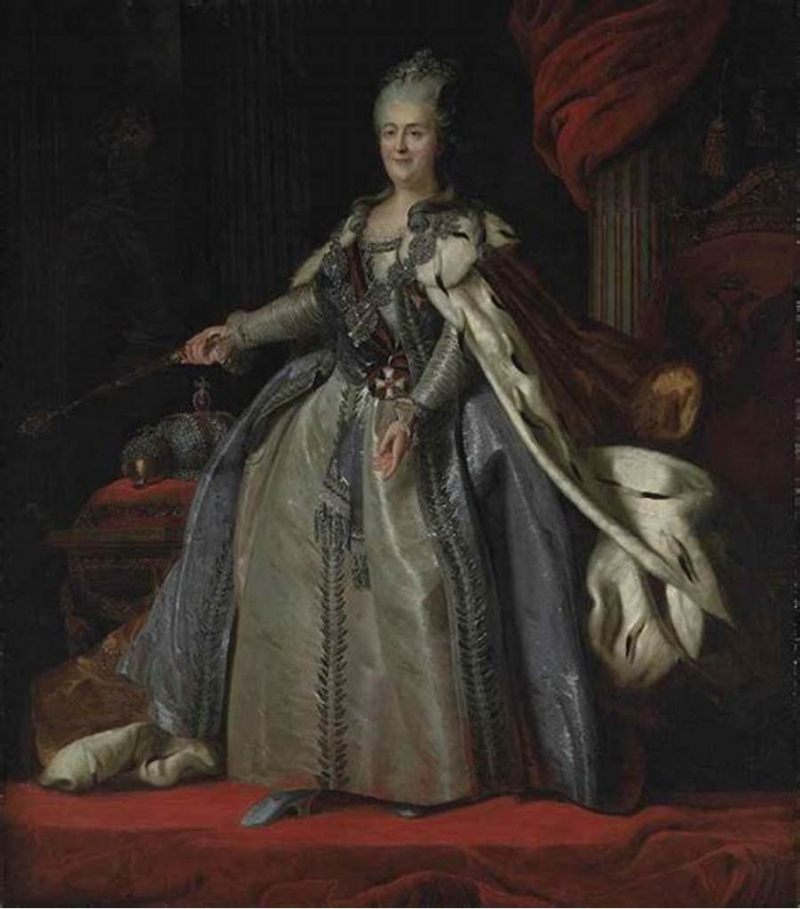
Source: christies.com 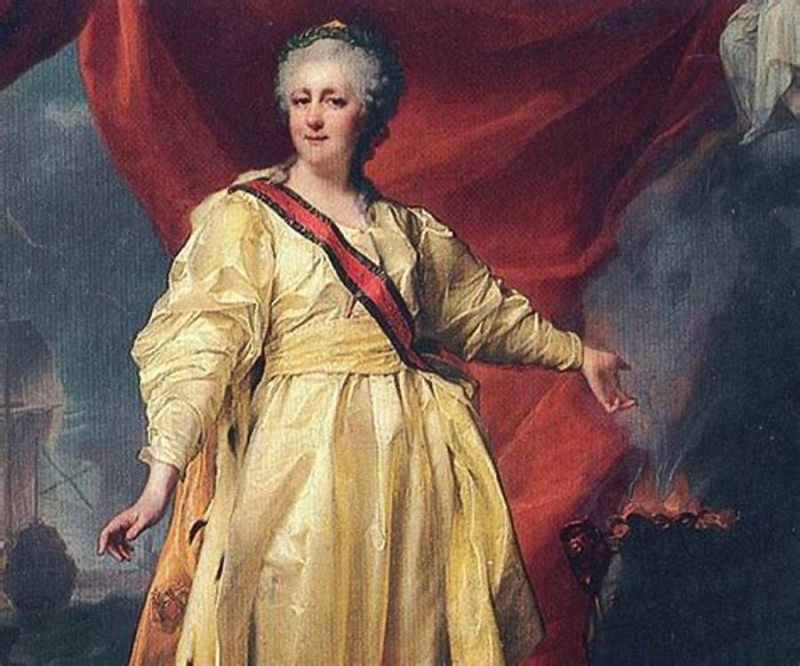
Source: The Hairpin -
When Elizabeth passed away in January 1762, her nephew Peter III and Catherine became king and queen. In an effort to make his mark on the country, he swiftly put a stop to Russia's conflict with Prussia, which greatly angered the country's military elite. Members of the lesser nobility were alienated by a liberal domestic reform agenda that was intended to improve the lives of the poor.
These disgruntled groups appealed to Catherine, who shared their concern about Peter's motives. As the tension increased, a plot to assassinate Peter developed. When the plot was discovered in July 1762, Catherine acted fast to get the backing of the nation's most potent military regiment and set up her husband's arrest.
On July 9, just six months after becoming czar, Peter abdicated, and Catherine was proclaimed sole ruler. However, what had began as a bloodless coup soon turned deadly. On July 17 Peter died, possibly at the hands of Alexei Orlov, the brother of Catherine’s current lover Gregory. Though there is no proof that Catherine knew of the alleged murder before it happened, it cast a pall over her reign from the start.
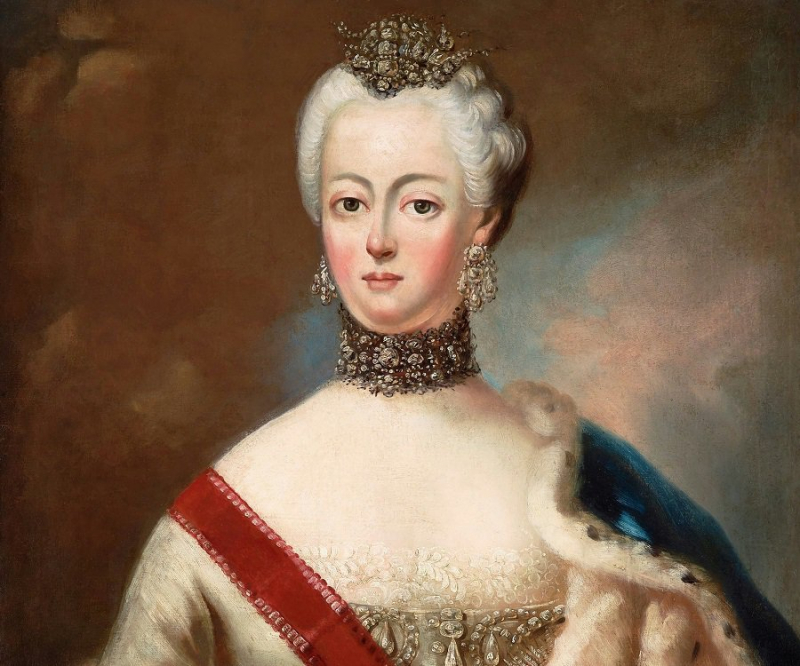
Source: NJ.com 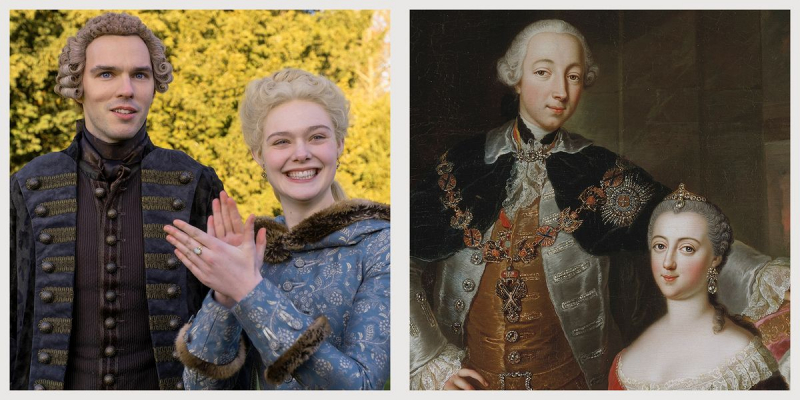
Source: Town & Country -
Even at the tender age of 10, Catherine knew she despised Peter. They say that girls mature faster than boys, but in Peter’s case…this was true tenfold. Pale and sickly, the almost-teenaged Peter still played obsessively with toy soldiers—all while somehow nursing a burgeoning alcohol problem. And that was just the beginning…
When Sophie arrived in Russia in 1744, she spared no effort to ingratiate herself not only with Empress Elizabeth but with her husband and with the Russian people as well. She applied herself to learning the Russian language with zeal, rising at night and walking about her bedroom barefoot, repeating her lessons. When she wrote her memoirs, she said she made the decision then to do whatever was necessary and to profess to believe whatever was required of her to become qualified to wear the crown. Although she mastered the language, she retained an accent.
Sophie recalled in her memoirs that as soon as she arrived in Russia, she fell ill with a pleuritis that almost killed her. She credited her survival to frequent bloodletting; in a single day, she had four phlebotomies. Her mother's opposition to this practice brought her the empress's disfavor. When Sophie's situation looked desperate, her mother wanted her confessed by a Lutheran pastor. Awakening from her delirium, however, Sophie said, "I don't want any Lutheran; I want my Orthodox father [clergyman]." This raised her in the empress's esteem.
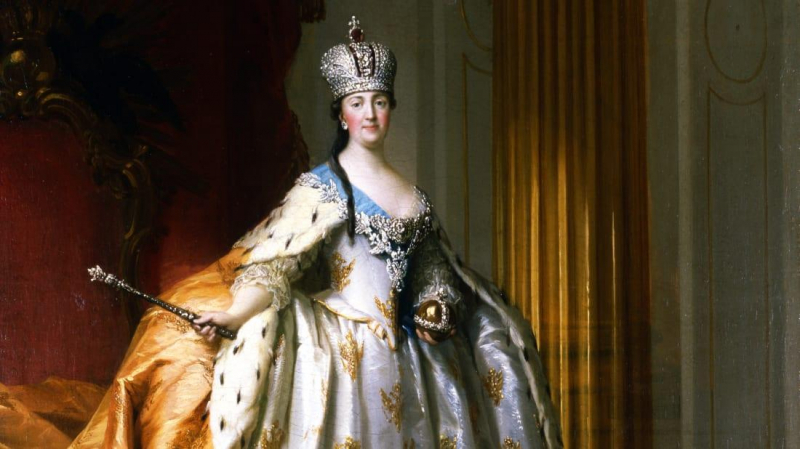
Source: magellantv.com 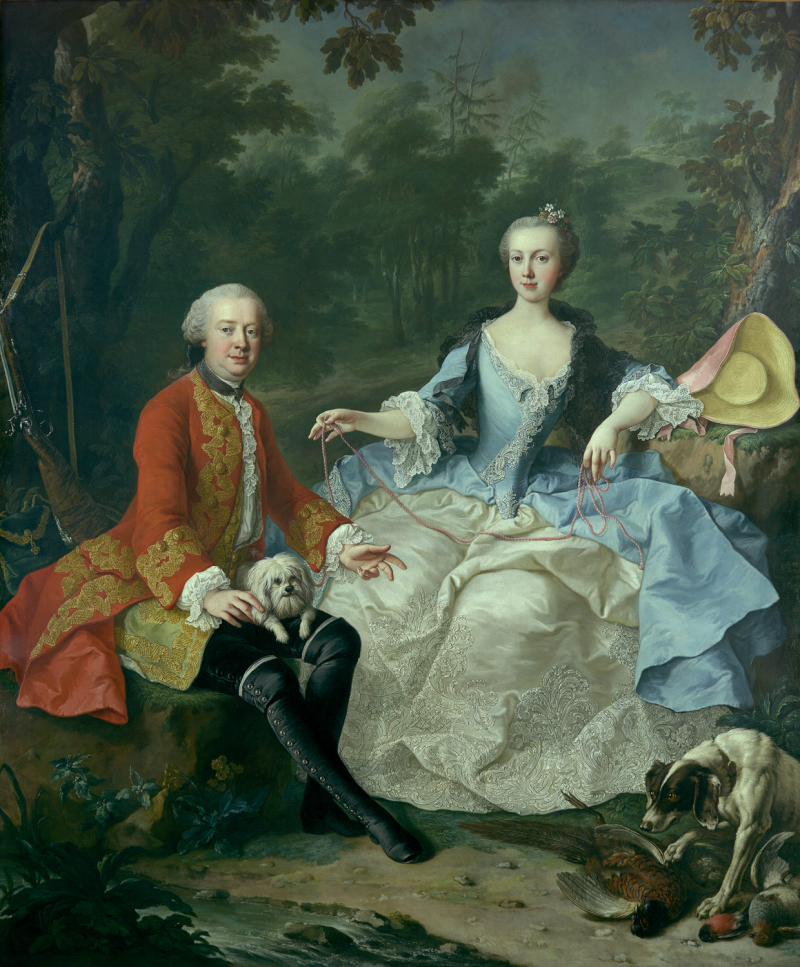
Source: Metropolitan Museum of Art -
Paul, Catherine's eldest son, and Catherine had a notoriously tumultuous relationship. Shortly after his birth, the boy was taken from his mother's care and reared mostly by the former czarina, Elizabeth, and a succession of tutors. Paul became even more estranged from the government after Catherine ascended to the throne out of fear of reprisals for Peter III's removal and passing. The two's relationship deteriorated to the point where Paul occasionally believed his mother was actively planning his murder. While Catherine didn't have any such plans, she did worry that Paul wouldn't be a capable leader and searched for other candidates to take Paul's place.
Similar to Elizabeth before her, Catherine took charge of Paul's sons' upbringing and schooling, and there were accusations that she meant to make them her heirs instead of Paul. In fact, it's thought that Catherine planned to formally announce this in late 1796 but passed away before she could. Paul took possession of the will before it could be made public because he was concerned that his mother's will had clauses to this effect. Although Paul's eldest son Alexander was aware of his grandmother's intentions, he gave in to peer pressure and did not obstruct his father. Upon becoming czar, Paul quickly revealed himself to be just as unpredictable and unpopular as Catherine had feared. His 23-year-old son became Alexander I after his assassination five years into his reign.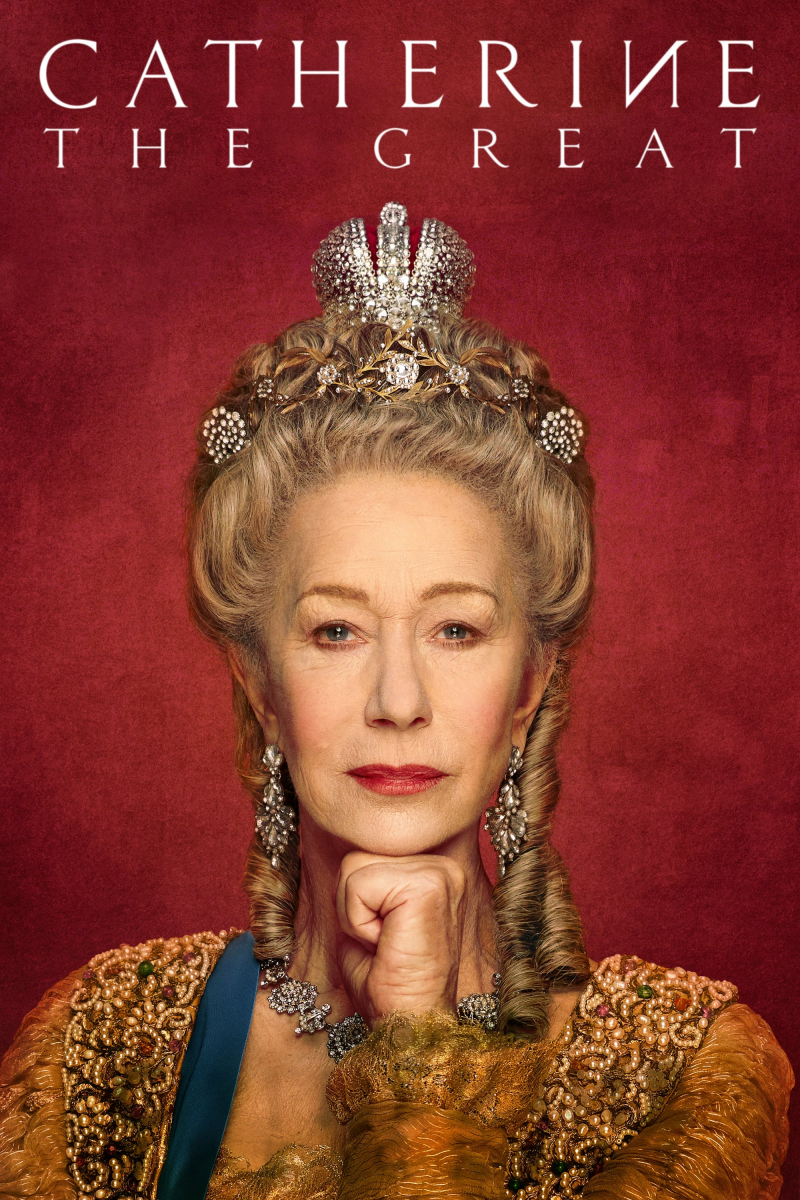
Source: ibit.uno 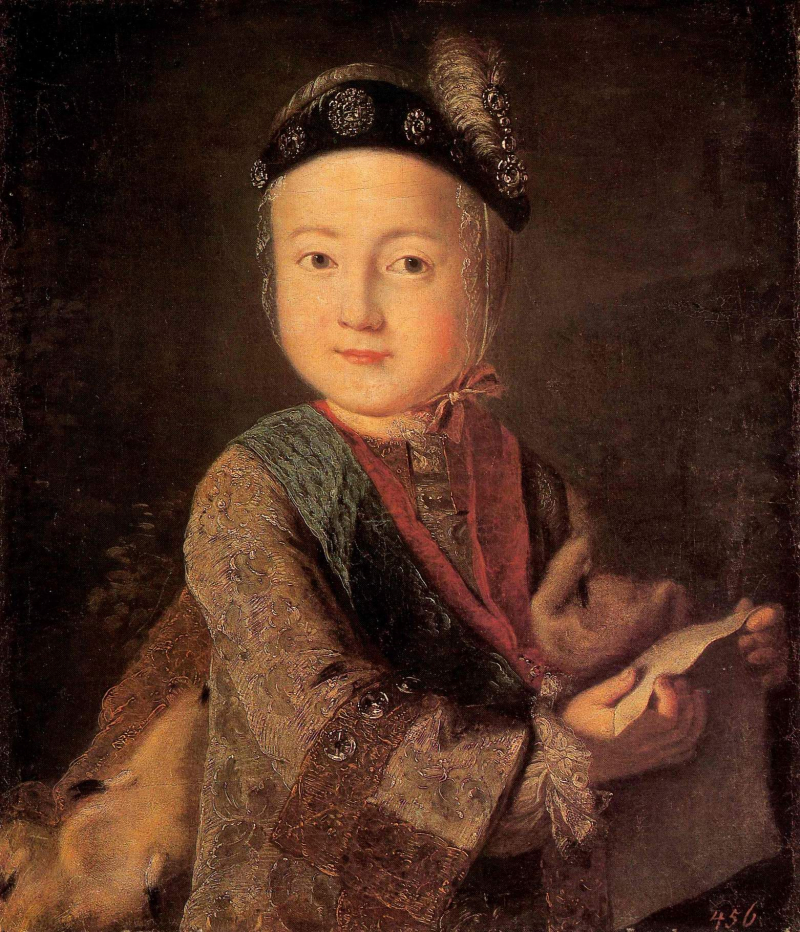
Source: dogfestmontreal.com -
Of the various uprisings that threatened Catherine’s rule, the most dangerous came in 1773, when a group of armed Cossacks and peasants led by Emelyan Pugachev rebelled against the harsh socioeconomic conditions of Russia’s lowest class, the serfs. As with many of the uprisings Catherine faced, Pugachev’s Rebellion called into question the validity of her reign. Pugachev, a former army officer, claimed that he was actually the deposed (and believed dead) Peter III, and therefore the rightful heir to the Russian throne.
Intelligent, ruthless, sexually insatiable: she was the most powerful woman in the world, dragging Russia ‘out of her medieval stupor and into the modern world’. Born Sophie Friederike Auguste von Anhalt-Zerbst, the daughter of a German prince, she was related through her mother to the dukes of Holstein. In 1744, she arrived in Russia, as the Grand Duchess Catherine Alekseyevna, and married Peter, grandson of Peter the Great and heir to the throne. Russia at the time was ruled by Peter’s mother, the empress Elizabeth. The marriage was an unhappy one and on her arrival in Russia, Catherine suffered from a form of pleurisy, which causes sharp pains in the chest. She had to have her blood let by a doctor four times in one day, which she claimed saved her life.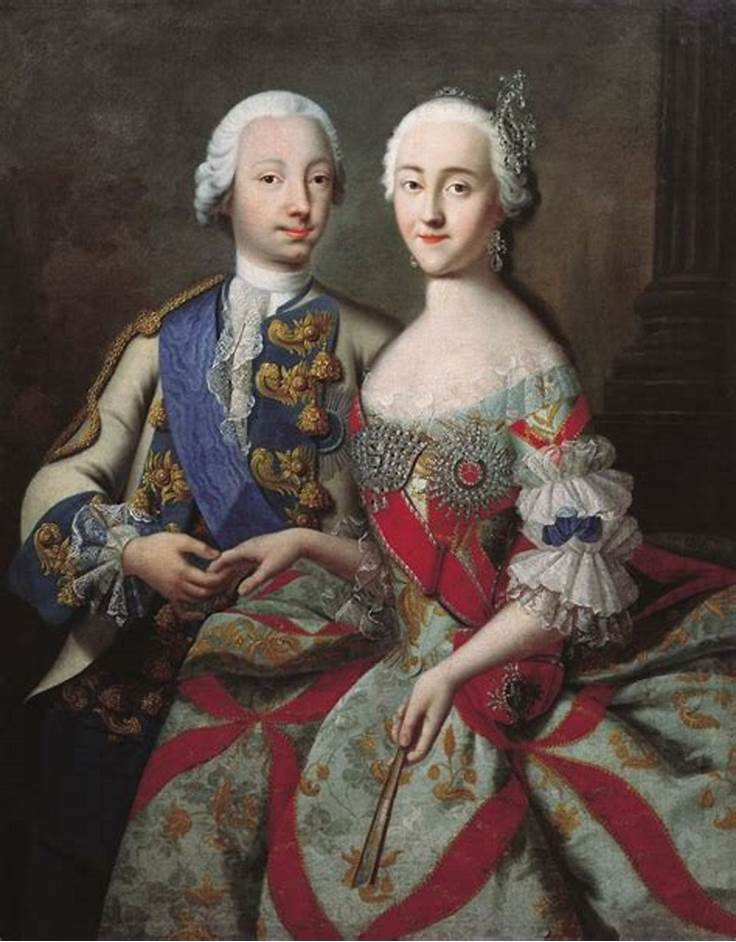
Source: blogspot.com 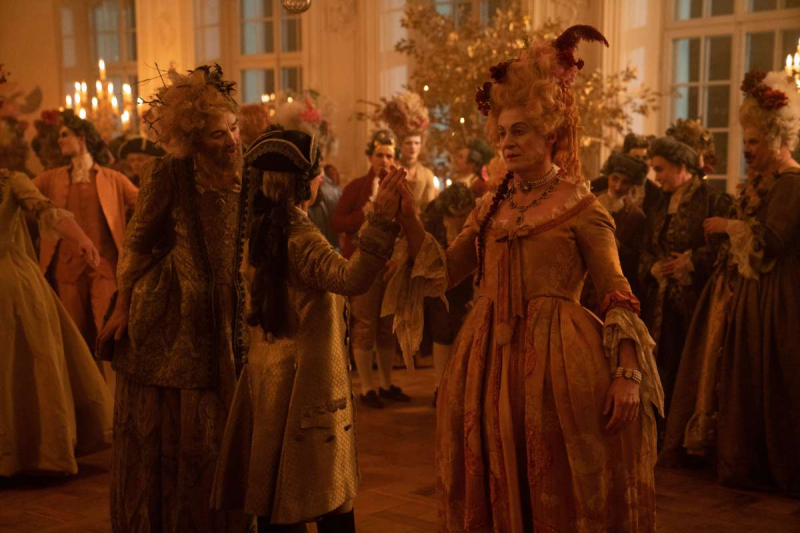
Source: Fashionista.com -
Both during and after their relationship ended, Catherine was renowned for being devoted to her partners. She always ended their relationships on amicable terms, bestowing them with titles, lands, palaces, and even people—giving one ex-lover more than 1,000 serfs, or indentured servants.
Stanislaw Poniatowski, one of her early lovers and the father of one of her children, may have benefited from her favor more than anyone else. Poniatowski, a member of the Polish aristocracy, met Catherine (who was not yet the monarch) while serving in the British embassy in St. Petersburg. They remained close even after a scandal that was partially sparked by their connection forced him to leave the Russian court.
Long after their relationship had ended and a year after she had assumed power, Catherine was successful in endorsing Poniatowski's bid to rule Poland by providing him with military and financial backing. But after ascending to the throne, the new king, whom Catherine and other people had feared would be little more than a puppet for Russian interests, started a series of reforms aimed at enhancing his nation's independence. The once-solid relationship between the two ex-lovers quickly deteriorated after Catherine forced Poniatowski to resign and Russia took the initiative in trying to dismantle and dissolve the newly constituted Polish-Lithuanian Commonwealth.
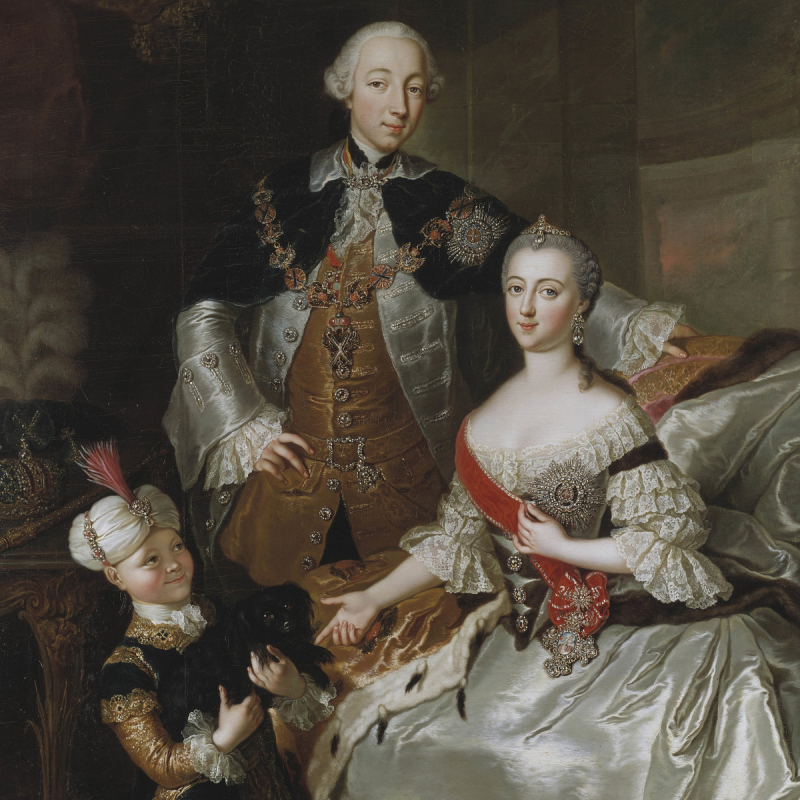
Source: History 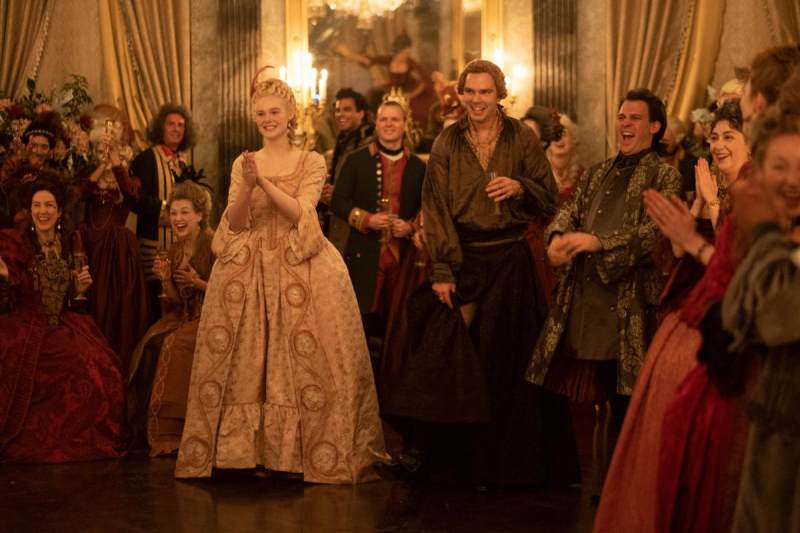
Source: fashionista.com








